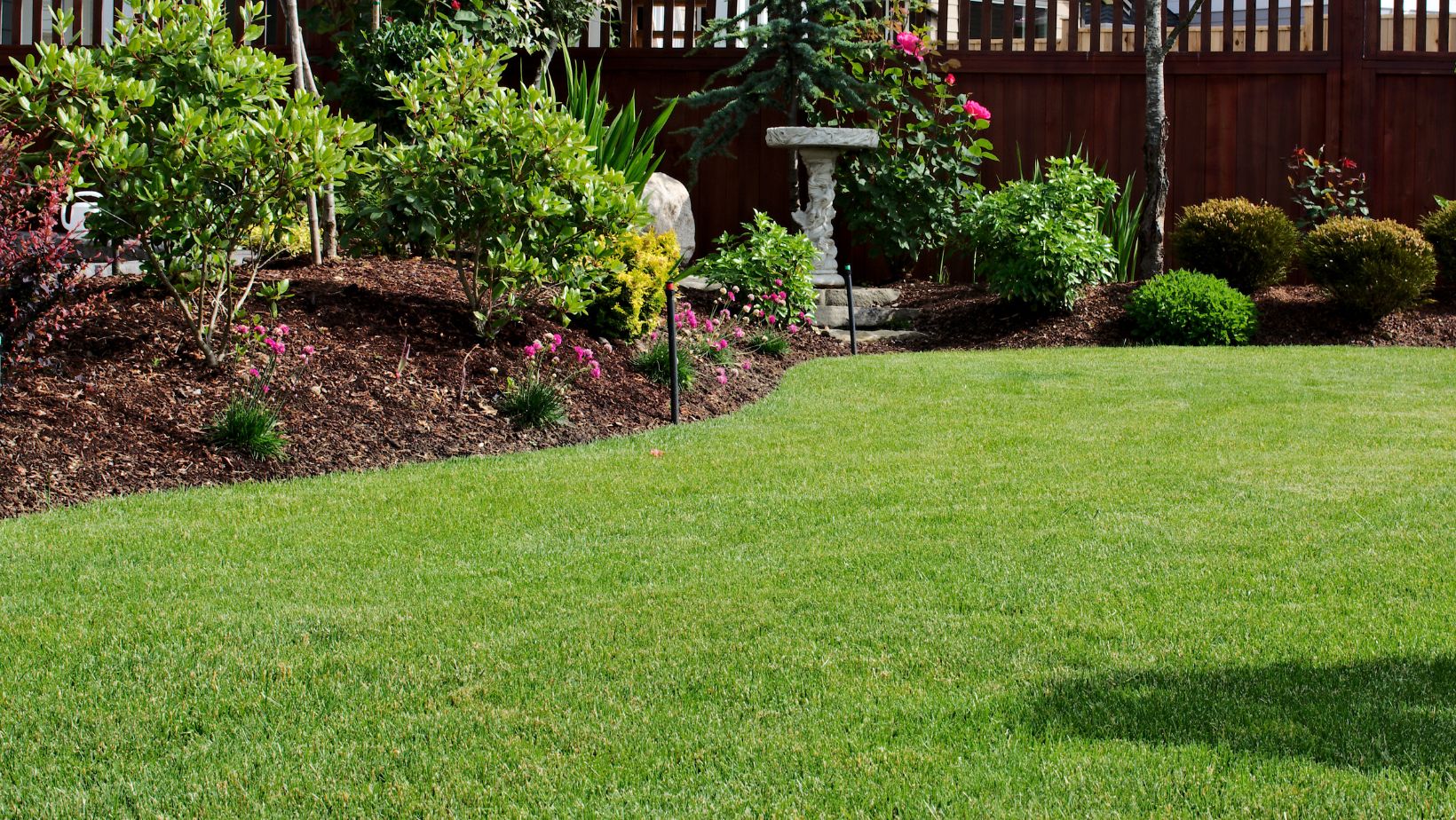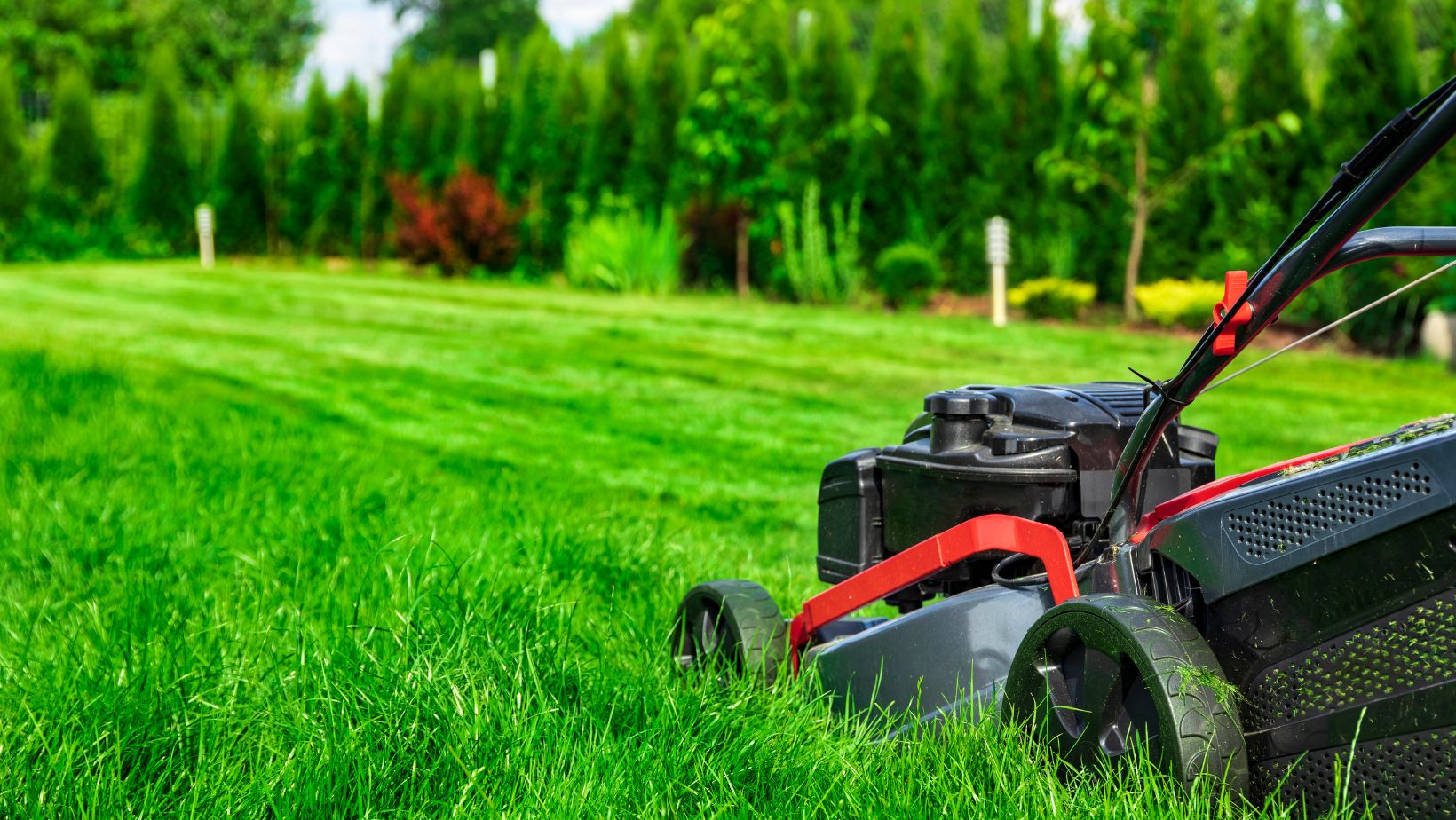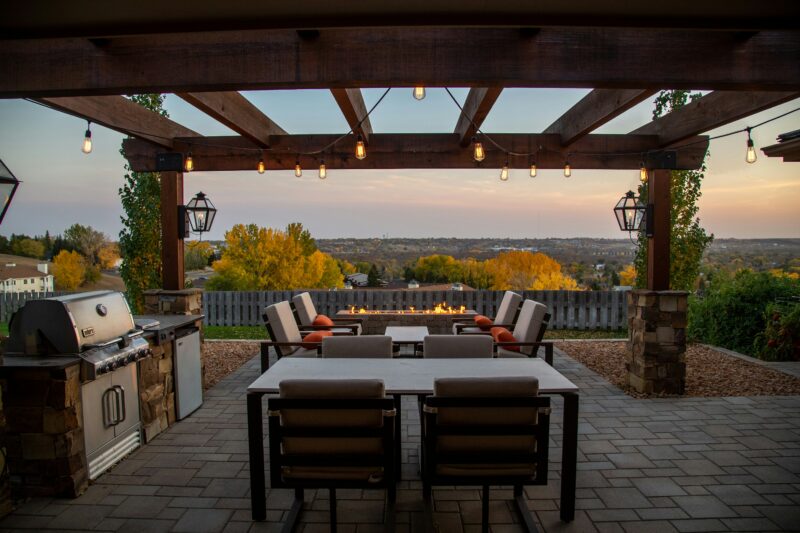
Lawn care isn’t just about keeping up appearances, it’s about creating a healthy, thriving outdoor space that boosts curb appeal, increases property value, and offers long-term environmental benefits. From mowing techniques to surprising yard statistics, this guide explores how a well-maintained lawn affects your home and lifestyle.
The Numbers Behind American Yards
Understanding your lawn begins with knowing where it fits in the broader landscape of American homeownership. Lawns are more than just greenery, they’re the largest irrigated crop in the United States.
National Yard Statistics to Know
- 80% of U.S. homes have a private lawn, with an average size of 10,871 square feet in suburban areas.
- Collectively, Americans spend over $40 billion annually on lawn care, ranging from mowing and fertilizing to aeration and irrigation systems.
- Well-maintained lawns can increase a property’s perceived value by up to 15%, making regular care an investment in both aesthetics and equity.
Yards also play a crucial role in local ecosystems. Healthy lawns improve air quality, reduce heat through evaporative cooling, and help manage stormwater runoff.
Lawn Size by Region
Lawn size varies widely across the country:
- In the Midwest and South, expansive yards are common, averaging 0.2 acres or more.
- In urban areas, especially in the Northeast and West Coast, lot sizes shrink, with many lawns under 4,000 square feet.
This variation affects everything from mowing frequency to irrigation practices, making it essential to tailor care routines to regional conditions.
Finest Practices for Lawn Mowing
Lawn mowing might seem simple, but the right approach makes all the difference. Cutting grass too short, mowing with dull blades, or ignoring seasonal adjustments can lead to patchy, stressed turf.
The 1/3 Rule
Never remove more than one-third of the grass blade in a single mow. Cutting too much at once weakens the plant and exposes it to pests and disease.
Frequency Matters
Mowing schedules depend on grass type and growth rate:
- Cool-season grasses (like fescue and bluegrass) may need mowing every 5–7 days during spring and fall.
- Warm-season grasses (like Bermuda or Zoysia) require attention during summer, typically every 7–10 days.
Overgrown grass is more difficult to cut cleanly and can smother itself, encouraging mold and weeds.
Sharpen Your Blades
Dull mower blades tear rather than cut grass. Torn blades create brown tips and increase vulnerability to disease. Sharpen mower blades every 20–25 hours of mowing time, or at least twice a season.
Lawn Mowing and Household Harmony
A healthy lawn isn’t just a backdrop, it becomes an extension of your home. Thoughtful maintenance improves everyday living and even contributes to better neighborhood relationships.
Health and Safety
Regular mowing keeps weeds and insects in check, reducing allergy triggers and eliminating potential hiding spots for ticks and other pests. Shorter, well-kept lawns also improve visibility, which is especially important if you have kids or pets playing outdoors.
Energy and Cost Efficiency
An even, trimmed yard increases the efficiency of sprinkler systems by preventing water from getting trapped in tall grass. It also reduces the need for additional treatments like herbicides or fungicides, helping homeowners cut back on expenses over time.
Tech Meets Turf: Modern Solutions for Busy Homeowners
Life gets hectic, but that doesn’t mean your lawn has to suffer. Technology has made professional lawn care more accessible than ever. For homeowners who want quality service without the hassle of estimates or phone calls, platforms like LawnGuru make it easy to book trusted providers with just a few clicks.
With same-day scheduling and transparent pricing, LawnGuru helps homeowners maintain beautiful yards while saving time and energy. Whether you’re dealing with overgrown grass after a rainy week or need a fresh mow before a backyard event, on-demand lawn mowing services provide the ultimate convenience.
Expert Tips for Enhancing Yard Appeal
Want to take your lawn from average to outstanding? These practical household tips can elevate your property without requiring major renovations.
Alternate Mowing Patterns
Change your mowing direction each time to prevent soil compaction and ruts. It encourages grass blades to grow upright and evenly.
Recycle Grass Clippings
Leave clippings on the lawn whenever possible. They decompose quickly and return valuable nutrients back into the soil, a practice called “grasscycling.”
Water Early and Deeply
Water your lawn between 4 a.m. and 8 a.m. to reduce evaporation. Deep watering (1 inch per week) promotes root growth and resilience against drought.
Edge Like a Pro
Clean edges give your lawn a manicured look. Use a string trimmer or manual edger along walkways and garden beds for sharp, tidy lines.
A Mowed Lawn Is a Managed Life
Lawn mowing isn’t just a chore, it’s a practice rooted in care, precision, and pride. When done right, it enhances your home’s appearance, improves your health and safety, and even strengthens your relationship with your neighborhood.
Whether you’re a weekend DIYer or someone who prefers outsourcing the task, modern tools and professional services ensure your lawn always puts its best blade forward. By understanding the stats, following proven tips, and taking advantage of today’s tech, you can turn any yard into a green oasis worth showing off.














